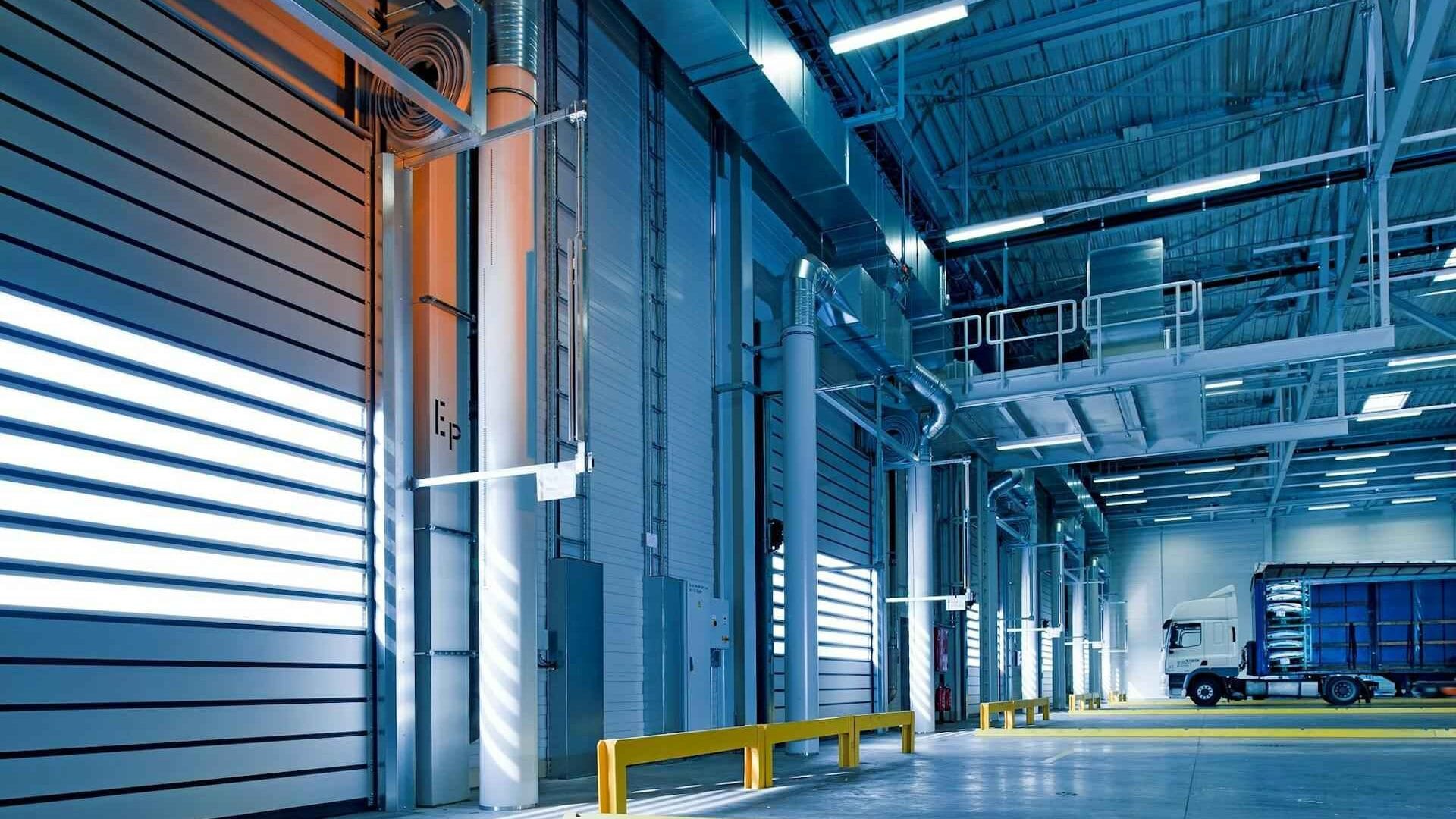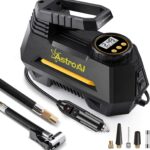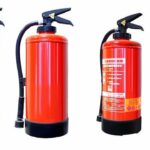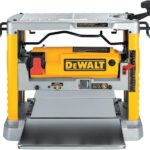
A steel garage can be a smart long-term investment for homeowners, contractors, and business owners alike. Whether you need extra storage, a dedicated workspace, or protection for vehicles and equipment, steel garages offer durability, security, and low maintenance compared to traditional wood structures. But before making a purchase, there are several important factors to think through to ensure the garage fits your needs and budget.
Here are the top considerations to keep in mind.
1. Purpose and Usage
Start by defining how you plan to use the space. Will the steel garage be used to store cars, trucks, or boats? Is it for a workshop, home gym, or business inventory? Your intended use will help determine the right size, layout, and features.
For example:
- A single-car garage typically starts around 12’x20’
- Larger garages for RVs or multiple vehicles may need 24’x40’ or more
- If you need workspace, consider room for benches, outlets, and ventilation
2. Size and Layout
Once you know the intended use, size becomes critical. Be realistic about your current needs and consider future plans. It’s often more cost-effective to size up now rather than modify later.
Think about:
- Ceiling height for taller vehicles or equipment
- Width for storage or shelving
- Clearance space for doors or driveways
Also, consider whether a side-entry or end-entry design works better for your property layout.
3. Local Building Codes and Permits
Before you order a steel garage, check your local building regulations. Many areas require permits for detached structures, especially those anchored to a foundation. Some zoning restrictions may limit height, placement, or size.
Failing to comply with codes could delay installation or lead to costly changes. It’s a good idea to confirm all local requirements early in the planning process.
4. Foundation Options
Steel garages can be installed on several types of foundations:
- Concrete slabs (most common and recommended for permanent structures)
- Gravel or crushed stone (for temporary or small structures)
- Piers or posts (depending on terrain or budget)
A solid, level foundation ensures your garage performs well over time. Be sure to factor foundation costs into your budget.
Also Read:
- Top 5 Reasons to Wear Motorcycle Jeans
- Top Maintenance Tips Every Car Owner Should Know
- Top 5 Best Fire Extinguisher for Cars
5. Insulation and Climate Considerations
If you plan to use the garage year-round or store temperature-sensitive items, insulation may be essential. Steel conducts heat and cold more than other materials, so adding insulation helps regulate interior temperatures and prevents condensation.
Depending on your climate, you might also want to explore:
- Roof ventilation or ridge vents
- Windows for airflow and natural light
- Wall or ceiling insulation panels
6. Custom Features and Add-Ons
Steel garages are highly customizable. Common add-ons include:
- Roll-up or sectional doors
- Walk-in access doors
- Windows and skylights
- Interior partitions
- Lighting and electrical outlets
Some providers also offer color choices, trim styles, and roof types to match your property’s appearance.
Final Thoughts
Buying a steel garage is more than just picking a size and placing an order. From zoning and foundation planning to insulation and add-ons, there are several moving parts that go into a successful installation. Taking time to plan carefully can help you avoid headaches, save money, and ensure you end up with a garage that meets your needs now and in the future.
If you’re ready to explore options, start by outlining your goals, checking local requirements, and comparing different features to find the right fit.








